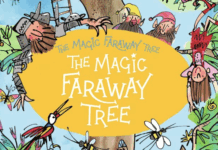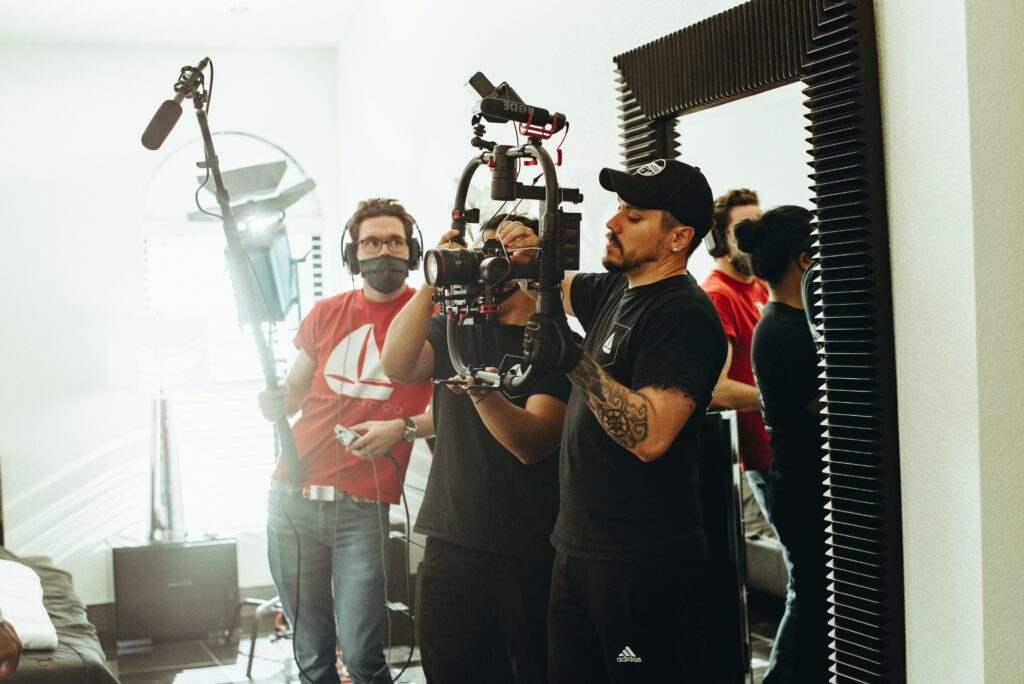How to finance and sell an indie film is the question buzzing from Los Angeles to Manhattan and from Berlin to Hong Kong.
The truth is not a secret, it is a system.
The current marketplace tilts toward filmmakers who package smart, pre sell strategically, and time festival premieres with precision.
Or as one producer puts it:
“The marketplace is the industry in general is ever-evolving.”
If you are trying to launch a debut in Park City, close pre sales at Berlinale’s European Film Market, or court buyers at AFM in Santa Monica, this guide distills what works now. We will cover packaging, pre sales, distributors, rights windows, and the festival strategy that protects your film’s first impression.
Consider this your pragmatic map for how to finance and sell an indie film without wasting a frame or a dollar.
The market moves quickly: relationships and timing rule
You can track mandates and headlines, but real leverage still comes from people. Festival and market circuits, from Sundance and Telluride to Berlin and Toronto, create concentrated moments when deals actually happen.
Buyers shift teams, slates change, platforms pivot. Face time still unlocks quicker reads, better terms, and the favor that gets your film slotted in a crowded quarter.
If you are serious about how to finance and sell an indie film, treat the calendar as your ally. Aim your world premiere where the film will be understood and seen, then pair it with a market where the right buyers are in rooms built for signing. Sundance premiere, EFM sales. Venice or Telluride premiere, Toronto market follow through. Hong Kong art film, push toward the Hong Kong International Film Festival and its Asia based buyers.
Build a package that justifies your budget
A sellable package blends a credible producer with a director who fits the material, plus cast that buyers can price in specific territories. That last part is non negotiable above roughly seven figures. One veteran advisor puts it plainly,
“you don’t want to get some actor whose value is $400,000 worldwide,
put them in a million-dollar budget, and then be confused later as to why you only got $400,000 back.”
Casting value is genre sensitive and region specific. An action star may not travel in prestige drama. A comedy face that is massive in Mexico or Germany might be modest in North America, and vice versa. Social media helps awareness more than financing, so treat big followings as a marketing assist, not a line item that replaces bankable value.
For writers and writer producers, assemble materials that unlock meetings and money. That means a tight script, a succinct deck, and a director lookbook that conveys tone and audience. Keep those files skimmable and pitch ready. For internal planning, see our deep dives on [/film-finance-guide] and [/festival-strategy].
Pre sales and the modern finance stack
Pre sales still convert paper into production money, especially when you are solving how to finance and sell an indie film without a studio check. As one practical definition notes,
“Pre-sells, for definition, are commitments from distributors in territories around the world to purchase the rights to sell your intellectual property for a period of time that’s going to be long.”
Banks typically lend 80 to 95 cents on the dollar against firm distribution contracts, leaving a gap that you close with equity, mezzanine, or a small budget trim. A classic stack looks like this:
-
Equity for risk capital, often with a preferred return.
-
Pre sale debt against signed MGs or platform deals.
-
Gap or mezz to fill the last 10 to 20 percent, priced accordingly.
-
Tax credits or rebates by optimizing where you shoot and where you post.
-
Bridge if legal paperwork trails a confirmed close by a week or two.
Markets amplify this process.
At American Film Market or EFM, sales agents convert your package or finished film into territory commitments. Pair that activity with realistic estimates, not wishful totals. Some genres and themes will not travel across Asia or parts of Europe, so count the territories that actually buy films like yours and plan your cash flow accordingly. It is the only sane way to finance and sell an indie film without disappointing your backers.
The distributor maze: rights, sub distributors, and reporting lag
Distributors license films for specific territories and platforms, then often rely on sub distributors to execute. That means every dollar passes through multiple hands before you see a statement.
Platform reports can be quarterly, then the lead distributor aggregates and reports on their own quarterly cycle. If your September TVOD launch feels invisible by November, this lag is often why.
Decide which rights to license and which to hold back.
Educational, airlines, and non theatrical can be meaningful for documentaries and upscale drama. Negotiate expense caps, ask about platform relationships, and be honest about theatrical. Unless awards strategy or downstream pricing clearly benefits, a limited theatrical can become a cost center rather than a halo.
One reminder belongs on your office wall in Atlanta or Chicago or San Francisco:
“A built-in audience will attract more buyers and better deals.”
True story IP, communities ready to pre buy, and aligned partners like advocacy groups can all help a distributor lean in with spend and placement.
Festivals and first impressions: protect your value
Your first screening with buyers is your first valuation. A festival filmmaker confided:
“once you take out a film that’s completed or in post,
it’s like driving a car off a lot.
It starts to depreciate immediately.”
They are not being cynical, they are being clinical. Send an early cut too widely, fill socials with behind the scenes for months, then try to premiere, and you may find enthusiasm dampened before the curtain rises.
At top tier festivals, invest in PR to shape the narrative. At Manhattan’s NYFF and LA’s screenings, tastemaking critics still frame perception for buyers in Toronto. Keep announcements timely, not stale. If you are courting a worldwide buy, do not lock yourself to a foreign sales agent too early, especially ahead of Sundance or Venice, where domestic reps can field both North America and global in a single weekend.
This is the quiet art of how to finance and sell an indie film by timing your exposure to when the market is ready to write checks.
Plan backwards from the buyer
Start at your realistic endpoint, then design your budget and package to reach it. If your thriller will land with a reputable mid market distributor rather than a streamer, model MG ranges and windows they actually offer. If your Berlin premiere will drive EFM territory minimums, quantify those estimates conservatively. If your documentary plays best in Chicago and DC cultural institutions, plan to hold back educational rights and mine that lane directly.
This is the logic at the heart of how to finance and sell an indie film in 2025. You are not guessing, you are aligning the film you can make with the buyers who will pay for it, at the moment they need it.
Entertainment’s elegant solution
Financing and selling an independent film is rarely about luck, it is about alignment. Build a package that justifies the budget, pre sell what is real, choose distributors who match your audience, and premiere where the film can be loved and valued in the same room. If you keep your first impression clean, your cash flow predictable, and your partners intentional, you will not just get this film made, you will make the next one.
That is the quiet power of knowing how to finance and sell an indie film.
Joe Winger (Joe Wehinger) is a filmmaker, entrepreneur and entertainment finance professional with over two decades of experience in the film industry. A graduate of Chapman University with a BFA in Film Production, Joe gained early recognition with his student film, starring 5-time Golden Globe winner, 7 time Emmy winner Edward Asner. He went on to write and direct his first feature film in 2006 starring Golden Globe winner and Emmy winner James Brolin; and has since played pivotal roles in raising capital for independent entertainment, live event and e-commerce projects. With certifications in feature film financing, investor agreements, and entertainment tax incentives, Joe bridges the creative and financial sides of filmmaking. He has also completed advanced coursework in the business of feature films, equipping him to guide projects from concept to screen with strategic insight and fiscal discipline.



![Netflix’s Bold Bet on ‘Just A Dash’ Sparks Buzz: Why Matty Matheson’s Wild Cooking Show Is the Flavor Ride LA Craves [TRAILER] Netflix brings Matty Matheson Just A Dash to global audiences](https://dailyovation.com/wp-content/uploads/2025/12/Screenshot-2025-12-09-at-2.10.32-PM-218x150.jpg)






![The Rise of Wisconsin Rye Whiskey: A Flavorful Story of Community and Craft [Exclusive Interview with John Mleziva] Explore the rise of Wisconsin rye whiskey, its Driftless flavor, and the community-driven craft behind State Line Distillery’s celebrated five-year release.](https://dailyovation.com/wp-content/uploads/2025/12/Screenshot-2025-12-02-at-8.44.22-PM-218x150.jpg)









![Get Your Indie Movie Made (Responsibly): Jeff Caruso of Wrapbook Leads the AFM 2025 Film Finance Conversation [Exclusive Interview] American Film Market](https://dailyovation.com/wp-content/uploads/2025/11/AmericanFilmMarket2025-1-218x150.jpg)













